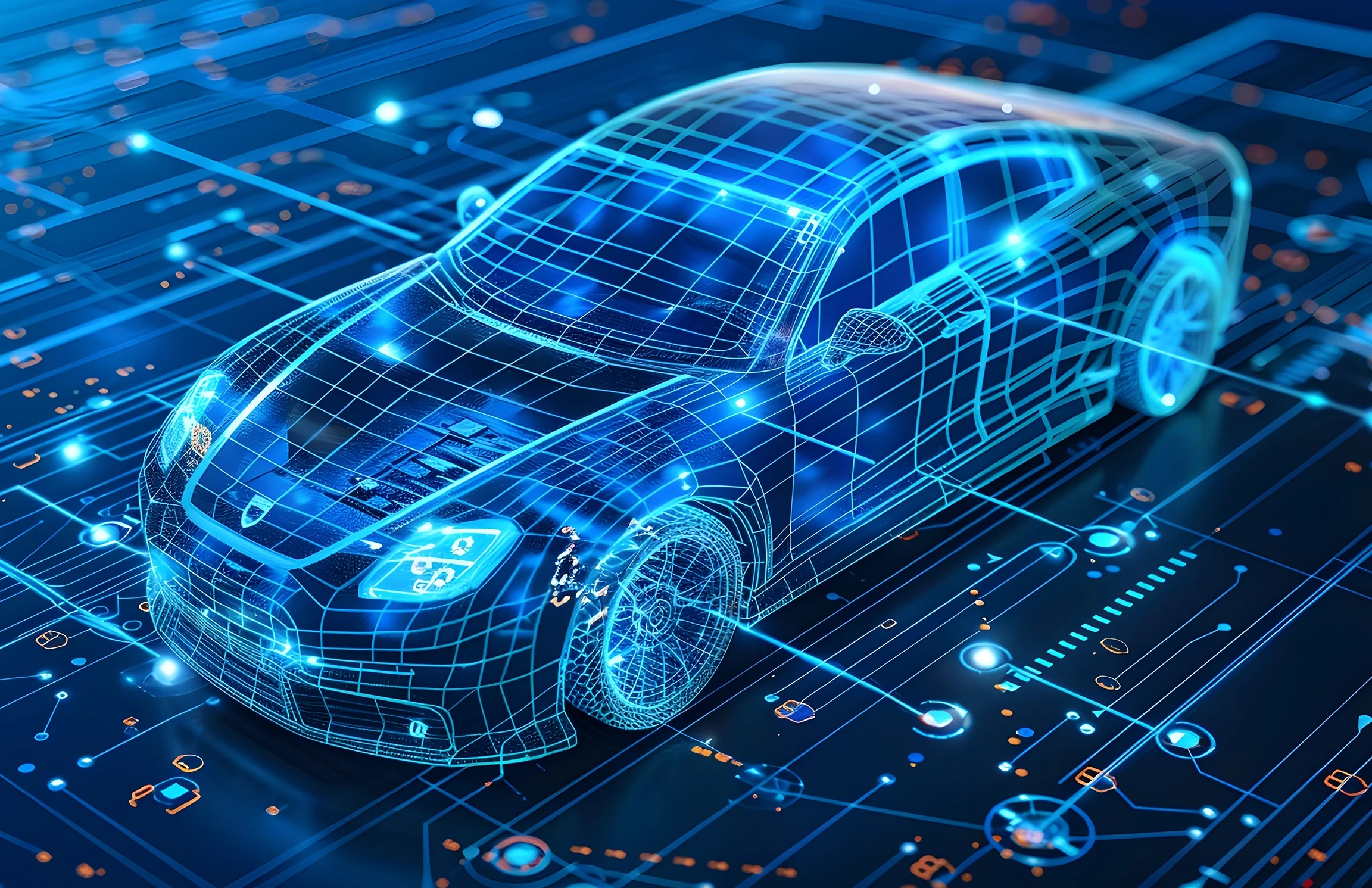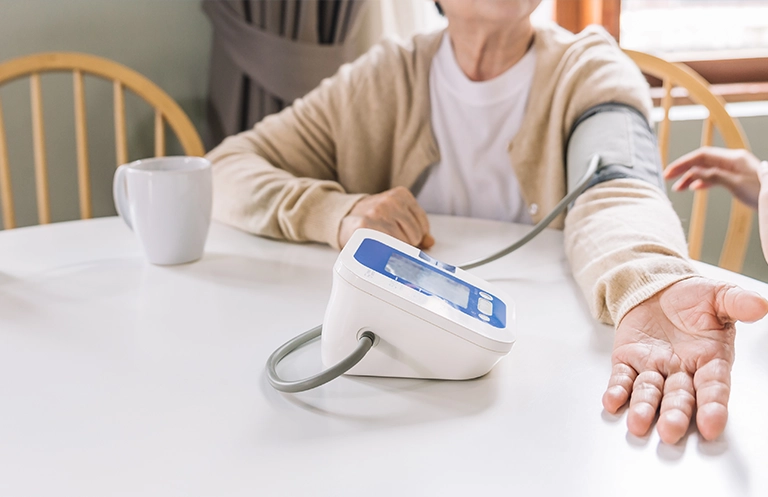In more recent times, AI has spread throughout the digital landscape. It has gone from being on mainframes and computers to the cloud and now to the ‘edge.’ It is this latter part that is especially intriguing. Edge AI is, therefore, considered to be the next chapter in the evolution of AI. According to the latest market research report of MarketsandMarkets the edge computing industry will be worth $15.7 billion in the next 5 years. The widespread adoption of healthcare IoT devices is the main reason that’s driving its demand. It helps you get in touch with your patients in real-time.
Why Edge AI?
Edge AI is a much better solution, especially when compared to the traditionally used cloud AI. Its superiority is showcased in the many benefits it provides. Take, for instance, real-time data analysis. Edge AI analyzes data locally. This reduces latency since the data doesn’t have to be transmitted to the cloud, allowing for real-time decisions. This ability can be critical for self-driving cars, robots in factories, etc.
Since Edge AI doesn’t require a connection, it can also lead to much-reduced costs for data communication in comparison to cloud AI. The same applies to power consumption as well. This enables the creation of better wearable devices that can be quite useful in hospitals. There is also a privacy angle to this. Since most of the data stay on the premises, it reduces privacy risk. In cloud AI, the data is streamed and stored in the cloud which can open up doors to vulnerabilities.
Scope of Edge AI in the Healthcare Industry
Edge computing is helping to shape the modern healthcare industry. As stated above, there are many benefits to adopting Edge AI. In the healthcare industry, it can prove to be critical for both the patients and the healthcare providers. Let us take a look at some of the compelling reasons that make Edge AI a no-brainer for this industry.
1. Autonomous Monitoring of Hospital Rooms
One of the unique selling propositions of AI, in general, is the potential to automate things. AI algorithms can collect data using a whole host of sensors and analyze it to respond most appropriately. Edge AI takes this up a notch. By using computer vision, and data from other sensors, it enables autonomous monitoring of hospital rooms and patients.
Take for instance fall detection. Many wearables these days come with the ability to detect if a person falls suddenly using specific hardware. Edge AI in these devices can be trained to detect falls in an instant and even alert caregivers. In most cases, this can be life-saving. One example of this is the fall detection feature on Apple Watch.
Another area where Edge AI can be of immense help is the monitoring of vital signs. Medical devices designed to record data like heart rate, temperature, respiration rate; blood pressure, etc. can leverage AI to detect any abnormality in an instant. The devices could then notify the hospital staff and they can take it from there. For the patient, this is not only critical but also improves the overall experience.
2. New Applications In Radiology
In radiology, DICOM (Digital Imaging and Communications) images are quite large. Therefore, it can be quite costly and time-consuming to transmit these images to the cloud or a central server for processing and receive the machine learning inference. However, Edge AI enables the analysis to happen locally, and this leads to a much faster diagnosis.
Use of Advanced Imaging Applications in the Healthcare Industry
- Identification of Cardiovascular Abnormalities: The overall automation of cardiovascular abnormalities in common imaging tests like chest X-rays could imply faster decision-making and minimal diagnostic errors. The application of Artificial Intelligence to the concept of imaging data can also help in identifying major problems like thickening of the muscle structures, monitoring changes in the overall blood flow in the heart, and so more.
- Detection of Fractures and Other Musculoskeletal Injuries: Utilizing Artificial Intelligence to detect hairline fractures, soft tissue injuries, or dislocations can enable surgeons to become highly confident in the treatment choices.
- Supporting the Diagnosis of Neurological Diseases: Algorithms can streamline the set of diagnostic processes in case of neurological diseases by flagging images indicating suspected results while offering risk ratios that the respective images contain evidence of PLS or ALS.
3. Rural Medicine
Providing quality healthcare to Remote Rural Regions has been a Challenge during history. Even nowadays, with inventions in telemedicine and more easily available health information, medical suppliers have struggled to provide quick, quality attention to individuals who reside far from hospitals and have limited net access. Standard healthcare databases confront substantial challenges here because of connectivity problems, but the combo of IoT medical apparatus and edge computing applications made it simpler to overcome those issues. IoT healthcare apparatus can extend the reach of current networks, allowing medical staff to access Critical patient information even in regions with inadequate connectivity.
This is one of the Edge AI computing usage cases with the capacity to greatly extend the range of health services.
Progress Made So Far
Large chip manufacturers have been investing heavily in Edge AI. They have been building dedicated chipsets and software modules so that more industries can benefit from this technology. Intel, Nvidia, Qualcomm have all made moves in this regard.
Nvidia unveiled its Clara Federated Technique, a reference edge application based on its EGX intelligent edge-computing platform. This application creates a collaborative AI training module so that can be used for predictive diagnosing, preventive care, better imaging, real-time analysis in the future, and so on.
The Intel Atom x6000E Series and the Intel Pentium and Celeron N and J Series processors are specifically designed to enhance edge workloads. In the healthcare industry, it will help with medical displays, service robots, and entry-level ultrasound machines that require AI and computer vision.
Wrapping UP
We at eInfochips assist healthcare firms in detecting their connected electronic roadmap with technology consultation, creation, and testing. Together with our strong partnership with all top AI hardware platform suppliers like Qualcomm, Nvidia, we assist our customers to empower AI in their products. Together with that, we’ve got abundant experience in several AI libraries and frameworks such as ML training algorithm development, porting, optimization, installation, and sustenance.
For more information on our expertise, reach out to us right away!













